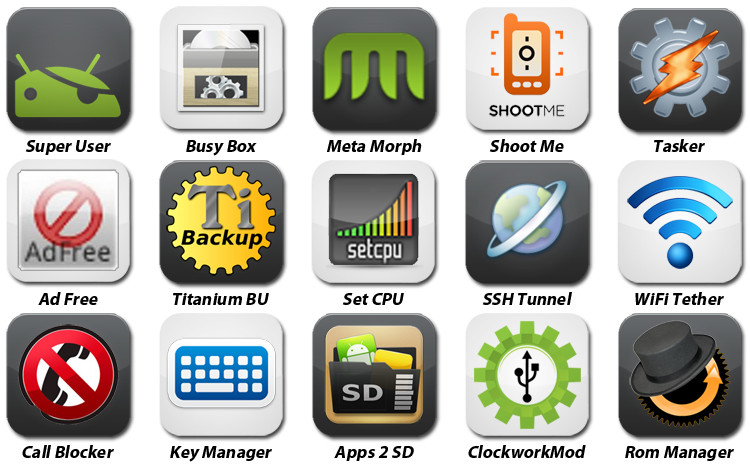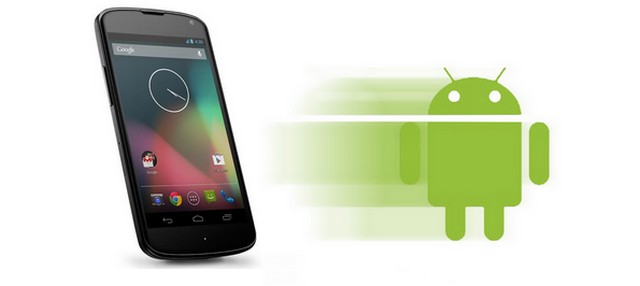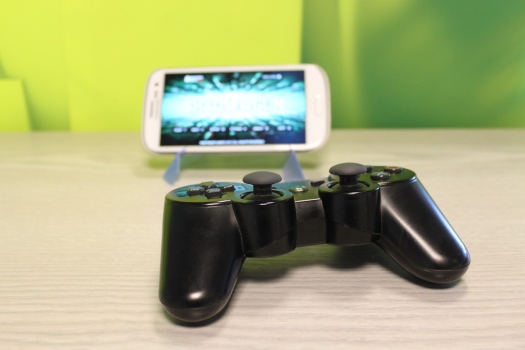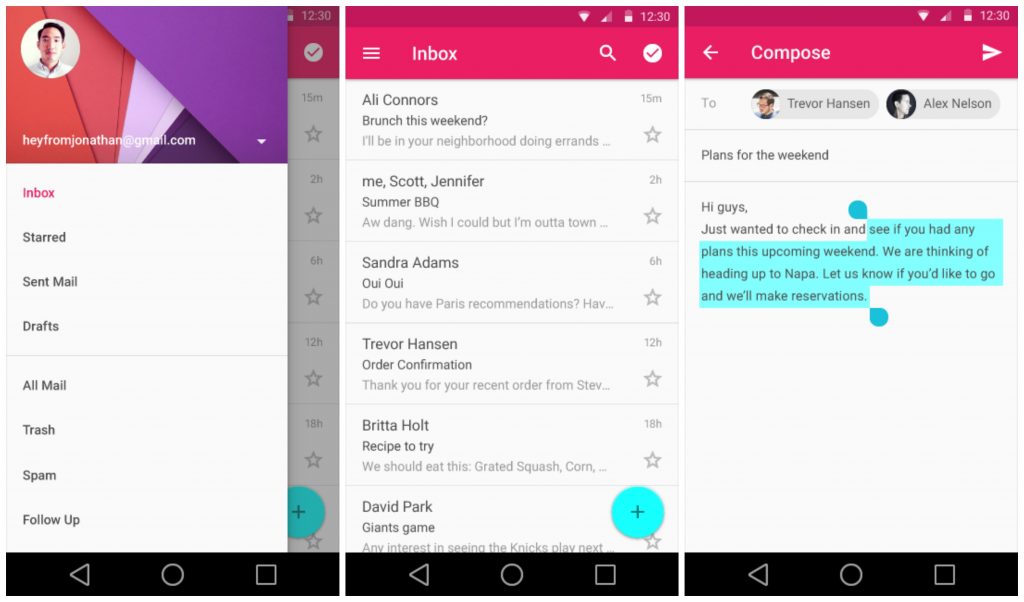
A few years ago, rooting Android was a totally different experience than it is today.
Rooting Android devices required hours of work and a significant amount of risk. You had to install scripts and browse shady websites. It was a dangerous and annoying process.
Today, things have changed. Software like One Click Root and automated scripts like TowelRoot have opened rooting to the entire Android world. In addition, a number of the benefits have changed: previously, you had to root Android to install third-party apps from outside the Google Play Store. Today, that’s no longer the case.
In spite of that fact, many people continue to avoid rooting their devices. Today, I’m going to explain why that’s a mistake and why you should absolutely consider rooting your Android device in 2014:
10) Block advertisements
Advertisements let us access the internet for free. In exchange for unlimited browsing time on your favorite websites, you’re expected to enjoy a few ads from time to time.
Fortunately, there is a way to opt-out of those advertisements. It’s only available to rooted Android users. After rooting your handset, you can install ad-blocking apps like Ad Block Plus, AdAway, and AdFree, all of which have been deleted from the Google Play Store.

Interestingly enough, Google also automatically disables advertisements when you’re not signed into a Wi-Fi network, which means ads will never chew through your data.
9) Access hidden features
There are lots of secret Android features hidden deep within your device. For whatever reason, manufacturers (or often, carriers) have decided that users should not be able to enjoy these features.
After rooting, you can enable these hidden features. Popular hidden features include installing the Xposed framework – which “exposes” the inner features of your device as well as more mundane tasks –like disabling the camera’s “shutter” sound on devices where muting isn’t an option.
On older devices, you can also enable features like “screen capping” – a feature which isn’t available by default.
8) Run root-only apps and download more apps than ever before
After rooting, you can easily use your Android for whatever tasks you need.
Some people root an old tablet to turn it into a media server, for example. Others just want to install apps that are “Incompatible with their device” on the Google Play Store.

In any case, you can expect to download and install significantly more apps than ever before after rooting your Android.
7) Speed up Android
Just like people overclock their computers, so too can people overclock their Androids. Overclocking Android isn’t always a good idea – especially if your device already runs pretty hot.

However, if you’re the type of person who likes to tweak your electronic devices until they’re running as fast as possible, then rooting Android is the best way to enjoy maximum Android speeds.
6) Backup your entire device with ease
Without rooting, you can’t really back up your Android device. Sure, you can backup personal files and data, but you can’t backup your apps, app data, and other valuable components of your device.
After rooting, you can enjoy powerful backup applications, including Titanium Backup – notorious for its backup capabilities.
5) Uninstall annoying bloatware
Along with fragmentation, bloatware may be the worst Android problem out there.
Bloatware is all the crap manufacturers like Samsung install on your device prior to selling it to you. It consists of Samsung services you’ll probably never use. In rare, annoying cases, it can also consist of “free game trials” and “30 day trial subscriptions” to expensive paid services.

Bloatware slows down your device and takes up valuable storage space. Unfortunately, you can’t delete bloatware on a non-rooted Android. Root Android, delete bloatware, and live a happier life.
4) Add external storage units to any Android device – even the Nexus
Today, some Android devices (cough cough, Nexus devices) don’t allow external storage options like SD cards. Rooting your device won’t magically grow a microSD card slot, but it will let you fully access your USB-OTG ports.
Your Android probably already has a USB-OTG port. It’s the port you use to connect your Android to the computer and charge it.

You can actually use this port to mount USB sticks and even access external hard drives over your Android device (although those external hard drives will require their own power source). You can download a free app called USB-OTG Helper from here to enjoy full USB-OTG functionality.
3) Use gaming controllers like you would on a PlayStation 4 or Xbox One
Want to connect your SixAxis controller, Xbox 360 controller, or Sony DualShock 3 to your Android device? If so, then you’ll want to root.
You can even connect your controllers to your Android device wirelessly using Bluetooth. This vastly expands your Android gaming capabilities and can be a lifesaver if you travel a lot or want to enjoy the latest and greatest Android games without relying on poor touch screen controls.

2) Run the latest versions of Android immediately after release
I don’t know about you, but I always seem to get the new versions of Android around the same time Google is announcing the next version of Android.
That’s annoying and it’s a huge reason why Android is so fragmented. Manufacturers and carriers take months developing the newest versions of Android and users are left working on outdated operating systems.
After rooting Android, old Android versions become a thing of the past. You can easily install custom ROM releases which look identical to new Android versions.
If you want to experience the newest versions of Android with a little unique twist, then consider OmniROM or CyanogenMod, both of which are well-supported and frequently updated.

1) Improve battery life
All across the smartphone world, users suffer from poor battery life.
You can escape the cycle of bad battery life by rooting Android today. Rooting Android lets you install apps like Greenify which have been proven to improve battery life.
In addition, you can restrict CPU cycles using apps like SetCPU.
Both of these tools are guaranteed to improve your Android battery life, and there are plenty of other Android battery saving apps available.
